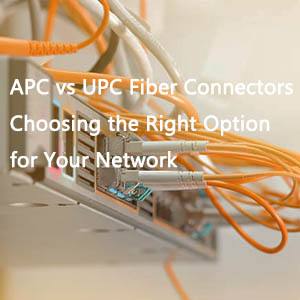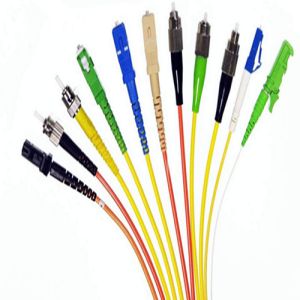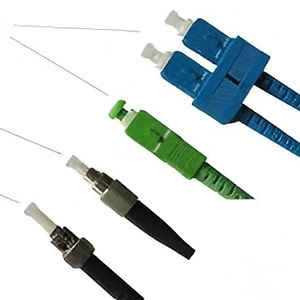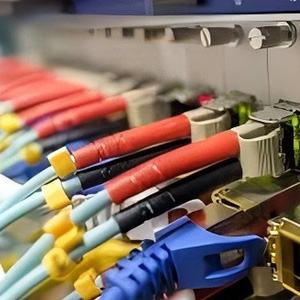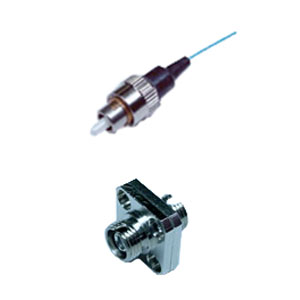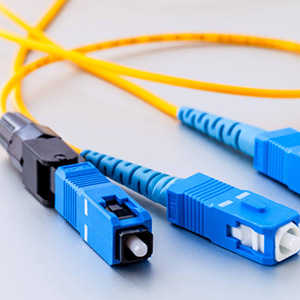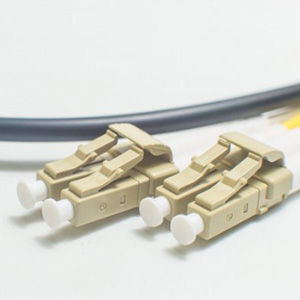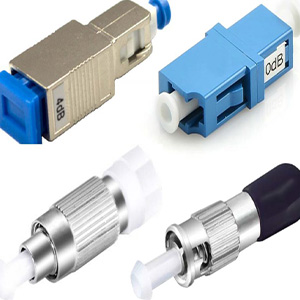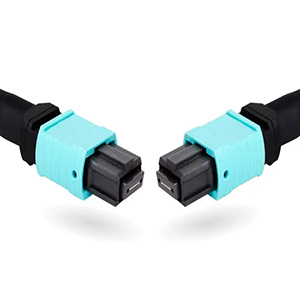Fiber optic connectors are critical components in fiber optic communication systems. They are not only responsible for the transmission of optical signals, but also affect the performance and stability of the entire network. Whether in data centers, enterprise networks, or telecommunications infrastructure, the quality and type of fiber optic connectors will directly affect the rate and reliability of data transmission. For those who are new to fiber optic technology, it is essential to understand the different types of fiber optic connectors, how they are connected, and what applications they are used for. This article will help you quickly master the basics of fiber optic connectors through a concise two-minute quick guide, laying a solid foundation for more complex applications in the future.
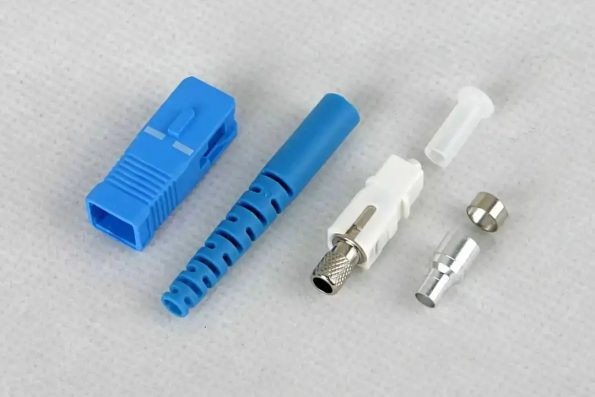
Core Connector Types: Only Four Types Are Needed
There are many types of fiber optic connectors, but there are only four types that you really need to be familiar with: FC, SC, ST, and LC.
FC Connectors: round, with threads, is a frequent visitor on patch panels.
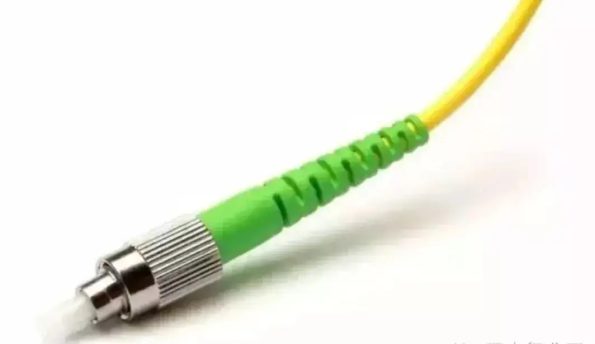
SC Connectors: large square head, snap-on, darling of routers and switches.
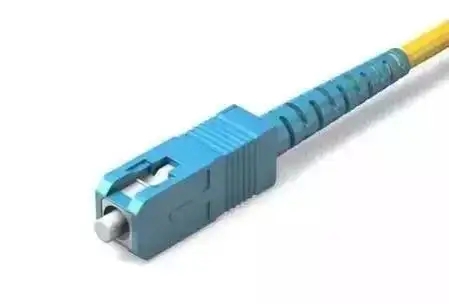
LC Connectors: small square head, snap-on, compact and easy to use.
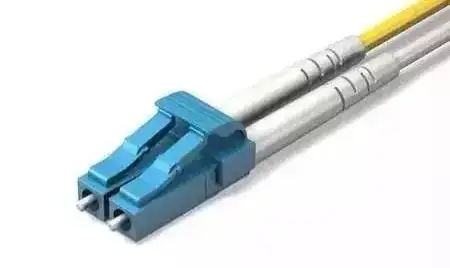
ST Connectors: round, snap-on, simple and reliable.
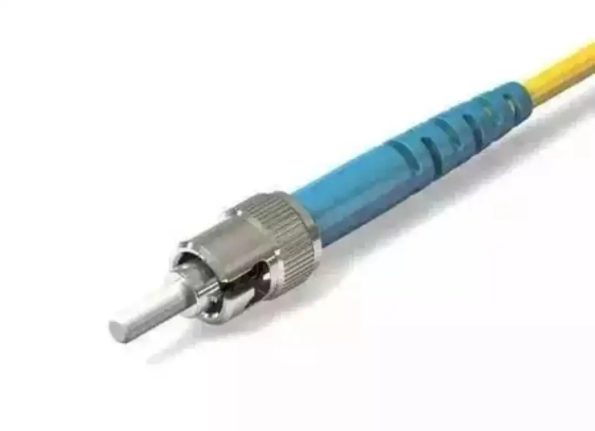
Remember these four connectors, they will be your right-hand man in your daily work.
Basic Structure Of Fiber Optic Connectors
Fiber optic connectors, also known as fiber optic connectors, consist of four basic parts: pins (ferrules), connector bodies, optical cables, and connecting devices. Understanding these basic structures is enough for daily operations.
Single-Mode And Multi-Mode Optical Fibers
The difference between single-mode optical fiber (SMF) and multi-mode optical fiber (MMF) lies in the way light propagates. Multi-mode optical fiber supports multiple propagation paths, while single-mode optical fiber only supports a single mode. In short, multi-mode optical fiber allows light to be incident from multiple angles, while single-mode optical fiber only allows light to be incident from a fixed angle.
The transmission distance of single-mode optical fiber can reach more than 5 kilometers, while the transmission distance of multi-mode optical fiber is usually between 0.5 and 2 kilometers.
Although the cost of multi-mode optical fiber is higher, single-mode optical fiber is the first choice for long-distance signal transmission.
Application Of Optical Fiber And Optical Cable
Fiber optic patch cord: suitable for short-distance connections, such as connections between switches, servers, and storage devices.
Optical cable: suitable for long-distance transmission and harsh construction environments, because the optical cable contains water-blocking materials and steel belts, which are more durable.
According to the number of optical fiber cores, optical fiber connectors can be divided into single-fiber core and multi-fiber core. The advantage of multi-core optical cable is that it is equivalent to multiple network cables, and the unused optical fiber cores can be reserved for future use, avoiding the trouble of repeated laying.
Importance Of Optical Module
The optical module is an indispensable part of optical fiber communication. It is responsible for converting electrical signals into optical signals and converting received optical signals back into electrical signals. Common types of optical modules include SFP, SFP+, SFF and GBIC.
SFP: Suitable for 10Gbps Ethernet Fiber Channel, widely used.
Photoelectric Conversion
On the switch, optical ports usually appear in pairs, one for sending (TX) and one for receiving (RX). The photoelectric converter can convert optical signals into electrical signals when needed.
Fiber Optic Testing
There are two main purposes for using a laser pen for fiber optic testing: one is to check whether the optical fiber is intact. If the light can be seen on the other side, it means that the physical link is unobstructed; the second is to find the line and quickly identify a specific optical fiber by shining light.
Summary
Through this two-minute quick guide, you should have a preliminary understanding of the basic types of fiber optic connectors, how to connect them, and their applications in different scenarios. Although fiber optic connectors may seem simple, they play an irreplaceable role in the entire fiber optic communication system. Remember, there are only four types of fiber optic connectors that you really need to be familiar with: FC, SC, ST, and LC. Mastering these basics will allow you to navigate the world of fiber optic communications with ease.


